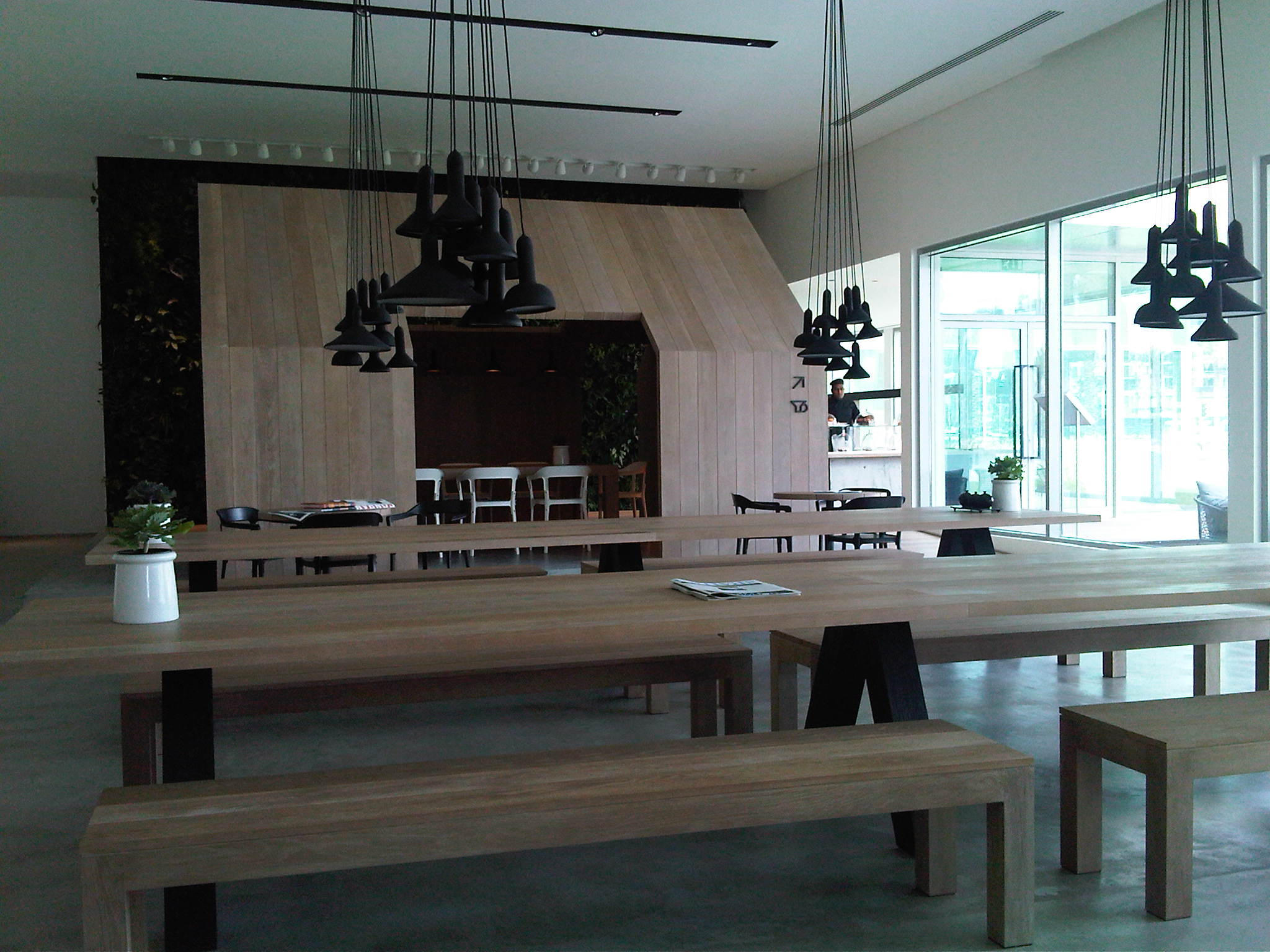Trend Blue
 Monday, June 27, 2011 at 5:34PM
Monday, June 27, 2011 at 5:34PM Blue perches on the edge of her cybermobile, races down the information highway, turns the corner, and then barely screeches to a halt before shooting off again.
Accustomed in her youth to sitting still , then later travelling on horseback, ships or aeroplanes, this kind of travel is exciting to her and she has taken to it like a duck takes to water.
At last she has come of age and is no longer limited by the confines of distance and time. A thrill of excitement ripples through her at the very thought of the avenues of opportunity that have opened to her.
Now at last she can shout out from the rooftops and be heard by others instantaneously.
Blue, by another name, is Communication, and in the current age has a voice unheard-of before. Aided by technology and most importantly social media, Blue is the newly acquired voice of the collective.
Never before has the collective been so able to participate in bringing about change despite the many unhealthy structures still existing in some parts of society. The collective has in a sense, truly found its voice.
The collective has widened its embrace and individuals willing to open themselves to new perspectives and different world views, find themselves part of a much bigger We than that to be found in their family, their tribe, their town, their country, their religion, or even their species. And this We has a voice.
I have called this voice Blue for many reasons.
All colors have frequencies and when exposed to them we resonate with them in ways we are often unaware of. At the same time our evolving energy levels probably cause us to be drawn to colors existing at the same frequency.
In the study of colors, blue is related to self expression. It symbolizes speech, and the ability to communicate our needs and requirements.
Blue, the color of conversation, is said to absorb and release sound. In his book, “Born on a Blue Day”, Daniel Tammet, one of the very few people alive with synesthesia and autism, describes how he sees “the sound of loud voices arguing” in blue.
When one studies the chakra system, the fifth chakra associated with the throat, is the chakra of communication, expression and creativity. The color associated with it is blue. Not only are there the seven chakras for the individual, but there are also said to be seven planetary chakras. According to some schools of thought, the fifth planetary throat chakra is said to be at the Great Pyramid of Giza located just outside of Cairo - interesting, when one considers recent events in Egypt and the action that was able to be initiated through the use of social media.
In an interconnected world, trends in one area keep popping up in others. Blue at the moment is in.
Twitter’s official logo is in blue. Blue, light blue and sky blue variations of the twitter bird, although not their official business logo, are used as style elements on their website.
The ribbon promoting freedom of online speech is blue, and it is said that blue is becoming the new green.
At the end of the Milan Fashion Week, Giorgio Armani presented his Spring/Summer Collection for 2011. Inspired by the nomadic Touaregs, known for their wearing of blue, the show, entitled La Femme Bleue, had models wandering out of a desert backdrop in shades of blue from cobalt, through navy to royal and midnight blue.
I have referred before to the rise of what I call global nomads in the current world culture we are part of. This collection was a reminder to me once again of the need for finding new and diverse ways of communicating in this century of mobility and in a world where the centre is constantly changing.
If you have the time to watch the fashion show that follows, be sure to look out for Blue. She is definitely on the catwalk!
 Armani,
Armani,  blue,
blue,  chakras,
chakras,  collective,
collective,  communication,
communication,  fashion,
fashion,  global nomads,
global nomads,  language,
language,  nomads,
nomads,  twitter,
twitter,  video,
video,  you-tube in
you-tube in  culture,
culture,  perspective,
perspective,  place,
place,  technology,
technology,  time
time  Email Article
Email Article 
